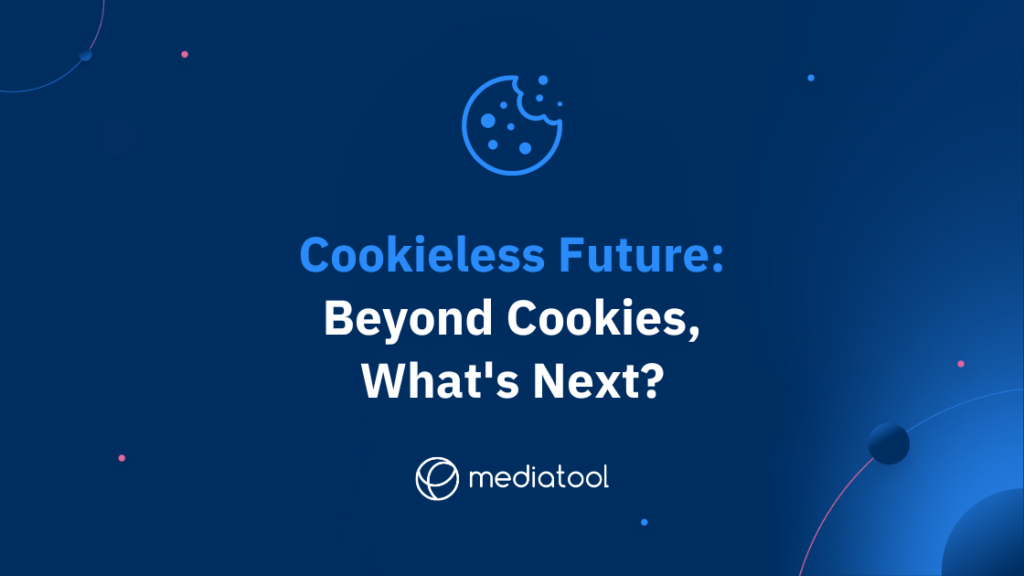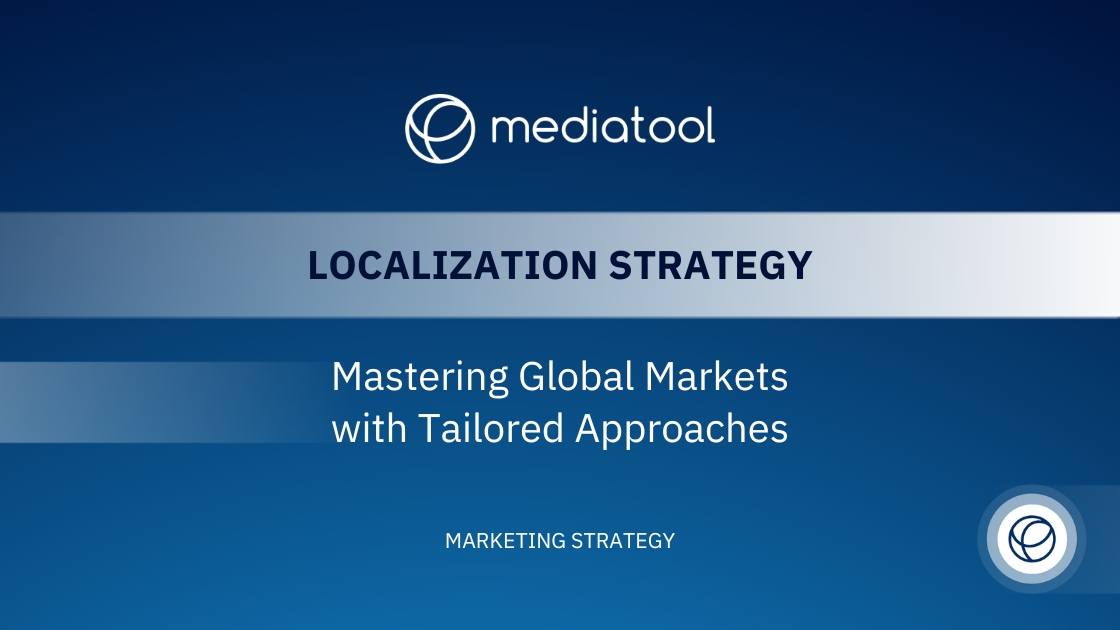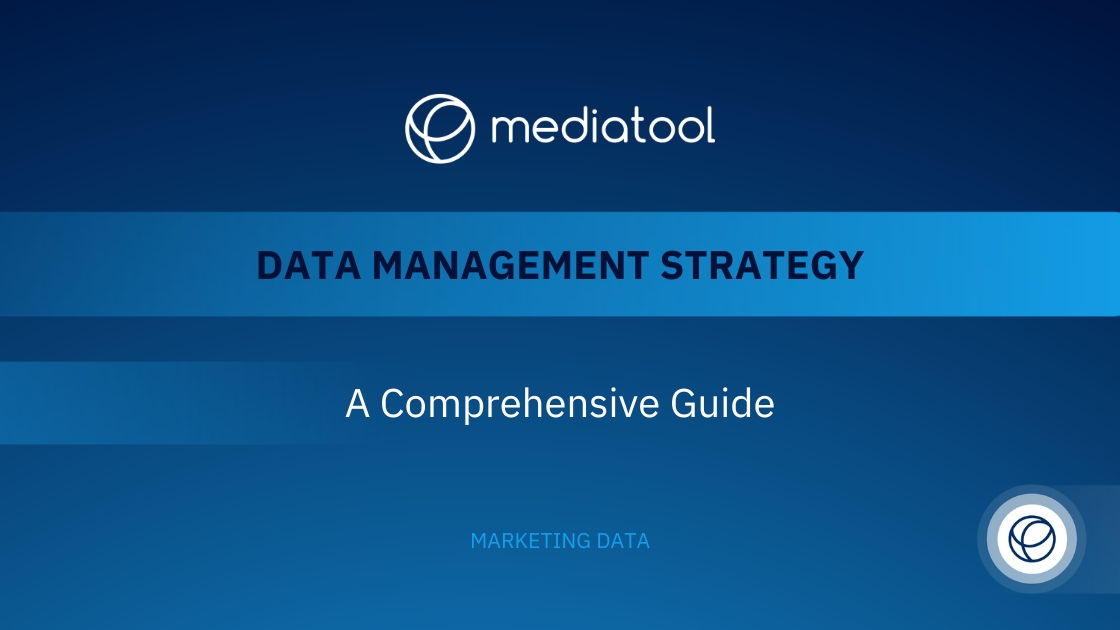Let’s talk cookies, and not the delicious, chocolate-chip kind. We’re here to discuss a future without cookies, the digital variety. Why, you ask? Because understanding the cookieless future is crucial for everyone involved in online marketing and advertising.
In this article, we’ll explore the fascinating world of cookies (again, not the edible ones), why they’re being phased out, and how you can prepare for this upcoming change.
So grab your favorite snack, and let’s dive in!
What is a Cookie?
Cookies are small text files stored on your device by websites you visit, playing a pivotal role in the digital marketing landscape. They’re akin to digital sticky notes, enabling websites to remember your preferences, track your online behavior, and store login information.
This functionality enhances user experience, as seen when e-commerce sites keep items in your shopping cart during web browsing or when websites greet you by name, remembering your language preferences.
There are two main types: first-party cookies, which are managed by the website you visit, and third-party cookies, created by external domains, often for targeted advertising purposes.
The use of third-party data, especially for tracking user behavior across various sites and collecting sensitive data, has sparked significant privacy concerns. This has led to a growing emphasis on respecting user privacy and the advent of a cookieless future in digital advertising.
What Is a “Cookieless” Future?
Navigating Away from Third-Party Cookies
As we enter the era of a cookieless future, the digital landscape is shifting away from reliance on third-party cookies to track and target users.
This change is a response to increasing concerns over data privacy and the ethics of collecting advertising data without explicit user consent.
As a result, marketers and advertisers are being challenged to devise new strategies for delivering relevant content and measuring the effectiveness of their campaigns.
Prioritizing First-Party Data and User-Centric Methods
In this evolving environment, the emphasis is on first-party data strategies. Websites are exploring alternative identifiers and innovative methods to collect first-party data, ensuring adherence to data compliance and respect for consumer privacy.
This transition includes a heightened focus on obtaining transparent consumer consent for data collection and usage.
These shifts are vital in digital marketing, particularly in leveraging analytics data without overstepping into the sensitive areas of individual users’ personal identifiers like IP addresses or device IDs.
The Impact on Digital Marketing and Advertising
Initially, the move towards a cookieless future, with the phase-out of third-party cookies and a reduction in cross-site tracking, might seem to hinder digital marketing efforts.
Websites may lose some capabilities in remembering user preferences or creating personalized ads based on previous user visits to other sites.
However, this change is also spurring innovation in ad targeting, with an increased focus on contextual advertising and tracking user behavior in more privacy-conscious ways.
Innovations and Alternatives in a Cookieless World
The digital marketing industry is actively developing alternatives to balance user privacy with effective marketing strategies.
Google’s Privacy Sandbox in the Chrome browser is one such initiative, aiming to offer new ways for ad targeting purposes without compromising user privacy.
Additionally, marketing teams are exploring methods to minimize ad fraud, improve tracking capabilities, and enhance the relevance of personalized ads, all while ensuring data privacy and ethical use of customer data.
Embracing New Opportunities for Targeted Advertising
A cookieless future, particularly with the ongoing third-party cookie removal, opens doors to novel approaches for identifying and grouping users, while respecting their login credentials and personal information.
This shift is not only about adapting to new regulations and technological changes but also about rethinking how to effectively target consumers, increase ad revenue, and create an efficient marketing strategy that aligns with the evolving digital advertising ecosystem.
The Future of Digital Marketing
The phase-out of third-party cookies, led by major players like Apple and Google, signifies a significant transformation in how digital advertising operates.
As cookies become a thing of the past, the focus is on developing new technologies and methodologies that respect user privacy, enhance data privacy, and still enable marketers to deliver relevant and personalized content.
This cookieless future, although challenging, presents an opportunity for innovation and growth in the digital marketing sector.
Why Are Cookies Being Phased Out?
The Decline of Traditional Cookies: A Privacy Concern
For years, cookies have been integral to the online experience, but their era is gradually ending, primarily due to heightened privacy concerns.
The extensive data collection capabilities of cookies, particularly third-party cookies, have raised alarms over user privacy.
Many individuals feel uneasy about the vast amount of personal data amassed through cookies, often without explicit consent or awareness.
Regulatory Response and Technological Shifts
This disquiet has led to stringent privacy regulations, notably the General Data Protection Regulation (GDPR) in Europe and the California Consumer Privacy Act (CCPA) in the United States.
These laws mandate greater transparency in data collection practices and bolster user control over personal data. Concurrently, tech leaders like Apple, with its Intelligent Tracking Prevention in Safari, and Google, planning to phase out third-party cookies in Chrome by 2024, are driving the shift towards a cookieless future.
These developments emphasize the need for respecting user privacy and adapting digital marketing strategies accordingly.
Embracing First-Party Data and User-Centric Approaches
As we phase out third-party cookies, the focus shifts to first-party data and strategies that align with consumer privacy. Digital marketing is evolving, with an increased emphasis on collecting first-party data, using alternative identifiers, and implementing user-consented data collection methods.
This change is steering the digital advertising ecosystem towards more ethical practices, such as contextual targeting and tracking user behavior in a privacy-compliant manner.
Opportunities in a Post-Cookie Digital Landscape
The decline of traditional cookies is not merely a challenge but an opportunity for innovation in digital advertising.
This transition is fostering new technologies and methodologies that respect user privacy while still enabling targeted advertising and personalized content.
The cookieless future is shaping a digital marketing landscape where consumer consent, data security, and ethical data practices are paramount.
Navigating the Cookieless Future: Strategies and Technologies
In this new era, marketers and advertisers are exploring effective marketing strategies that focus on user privacy, behavioral targeting based on first-party data, and contextual advertising.
Ad tech companies are investigating alternative tracking signals and federated learning approaches to understand online behavior without infringing on privacy.
The goal is to create a balanced digital advertising realm where user’s device information, browsing history, and customer journey data are used responsibly to target consumers and deliver relevant advertising.
The move towards a cookieless future is a significant shift in the digital advertising domain, emphasizing the importance of user privacy, data compliance, and innovative approaches to targeted marketing campaigns.
This shift presents a unique opportunity for the digital marketing community to redefine its practices, ensuring a respectful and privacy-conscious interaction with users.
What are the Best Alternatives to Replace Cookies?
As we bid adieu to cookies, let’s turn our attention to the alternatives that are stepping in to fill the void. Several promising technologies and approaches are emerging that respect user privacy while still allowing marketers to deliver relevant content and ads. Some of the best alternatives include:
1. First-party data:
This is data collected directly from your audience, such as email addresses, purchase history, and site behavior. It’s invaluable for personalizing content and targeting ads. With the right permissions, first-party data can be a powerful tool in a cookieless future.
Enhance your first-party data approach by integrating advanced analytics and customer relationship management (CRM) systems. These tools can help in effectively segmenting and analyzing the data, enabling more precise personalization and predictive modeling for future consumer behaviors, thus maximizing the potential of first-party data in a cookieless world.
2. Contextual targeting:
Instead of relying on cookies to track users, this method focuses on the content users consume. By serving ads that are relevant to the context of the content, marketers can deliver ads without invading users’ privacy. For example, ads for running shoes might appear on a fitness blog, making them relevant without being intrusive.
To advance contextual targeting, incorporate artificial intelligence (AI) to analyze the context and sentiment of content more accurately. AI can help in understanding the nuances of content, ensuring that the ads served are not only relevant but also resonate with the emotional tone and subject matter, thereby increasing engagement and effectiveness.
3. Identity resolution:
This approach involves creating anonymized user profiles based on shared attributes like location, age, and interests. By grouping users with similar characteristics, marketers can target ads without tracking individuals. Identity resolution offers a privacy-friendly alternative to cookies while still enabling targeted advertising.
Complement identity resolution with data enrichment techniques, where additional, non-sensitive data is used to enhance the understanding of user groups. This approach can involve leveraging publicly available data or aggregated insights from multiple sources, which can provide a more comprehensive view of user segments, aiding in more effective and respectful ad targeting strategies.
These are just a few of the alternatives emerging in response to the shift towards a cookieless future. As the industry continues to evolve, more innovative solutions are likely to surface, giving marketers and advertisers new tools to work with while respecting user privacy.
How To Prepare for a Cookieless Future
As we approach the cookieless future, it’s essential to be proactive and adapt to the changing landscape. Here are some steps you can take to prepare for this new era of online advertising:
1. Prioritize first-party data:
Focus on building stronger relationships with your audience and collecting data directly from them (with their consent, of course). By developing a robust first-party data strategy, you’ll be better positioned to deliver personalized experiences and targeted ads in a cookieless world.
In addition to building relationships and collecting data, consider deploying customer feedback mechanisms and engagement tools. This will not only enhance your first-party data collection but also deepen user engagement and trust, further fortifying your data strategy in a cookieless environment.
2. Explore alternative targeting methods:
Start familiarizing yourself with contextual targeting, identity resolution, and other emerging techniques. By staying informed about the latest developments and incorporating these new methods into your marketing strategy, you’ll be better prepared for the changes ahead.
Alongside exploring new targeting methods, consider investing in machine learning and AI technologies. These can analyze large sets of first-party data, uncovering patterns and insights that help in predicting user preferences, enhancing the effectiveness of contextual and identity-based targeting.
3. Collaborate with partners:
Don’t go it alone! Work closely with ad platforms, publishers, and other industry players to find innovative solutions together. By fostering collaborative relationships, you can stay ahead of the curve and ensure your marketing efforts remain effective in a cookieless future.
Expanding on collaboration, actively participate in industry forums and groups focused on the cookieless future. Sharing insights, challenges, and solutions with a broader community can accelerate innovation and offer more comprehensive solutions for navigating these changes.
4. Invest in privacy-centric technology:
As privacy becomes an even more significant concern, investing in technology that prioritizes user privacy will be crucial. Consider tools that help you collect and manage first-party data, comply with privacy regulations, and implement alternative targeting methods.
When investing in privacy-centric technology, also focus on user education. Transparency in how user data is collected and used not only aligns with privacy compliance but also builds trust with your audience, making them more willing to share their data.
5. Stay informed and agile:
The digital landscape is continually changing, so it’s essential to stay up-to-date on the latest news and trends. Be ready to adapt your strategies as needed to ensure your marketing efforts remain effective in a world without cookies.
Complement your efforts to stay informed by regularly consulting with legal and privacy experts. Their insights can help you navigate the evolving regulatory landscape, ensuring that your adaptive strategies are not only effective but also fully compliant with current and future privacy laws.
Wrap Up
The cookieless future may seem daunting, but it also presents an opportunity to refocus on building meaningful relationships with your audience while respecting their privacy. By staying informed about the latest developments, exploring new targeting methods, and investing in privacy-centric technology, you can successfully navigate the changes ahead and thrive in a world without cookies.
As we say our final goodbyes to cookies, let’s embrace the challenge and view it as an opportunity for growth and innovation. Change can be scary, but it can also be a catalyst for progress, pushing us to adapt and evolve. The cookieless future is not the end of the online advertising world; it’s the beginning of a new chapter.
So, take a deep breath, roll up your sleeves, and dive into the cookieless future with confidence and optimism. By being proactive and taking the necessary steps to adapt, you’ll be ahead of the curve and ready to face whatever challenges the future holds.
Farewell, cookies! You’ve served us well, but it’s time to embrace new adventures and continue our journey through the ever-evolving digital landscape.
Looking for more ways to make a mark in your marketing campaigns? Take a tour of Mediatool, to see how you can plan, manage and report on all your campaigns and start making more data-driven decisions.





